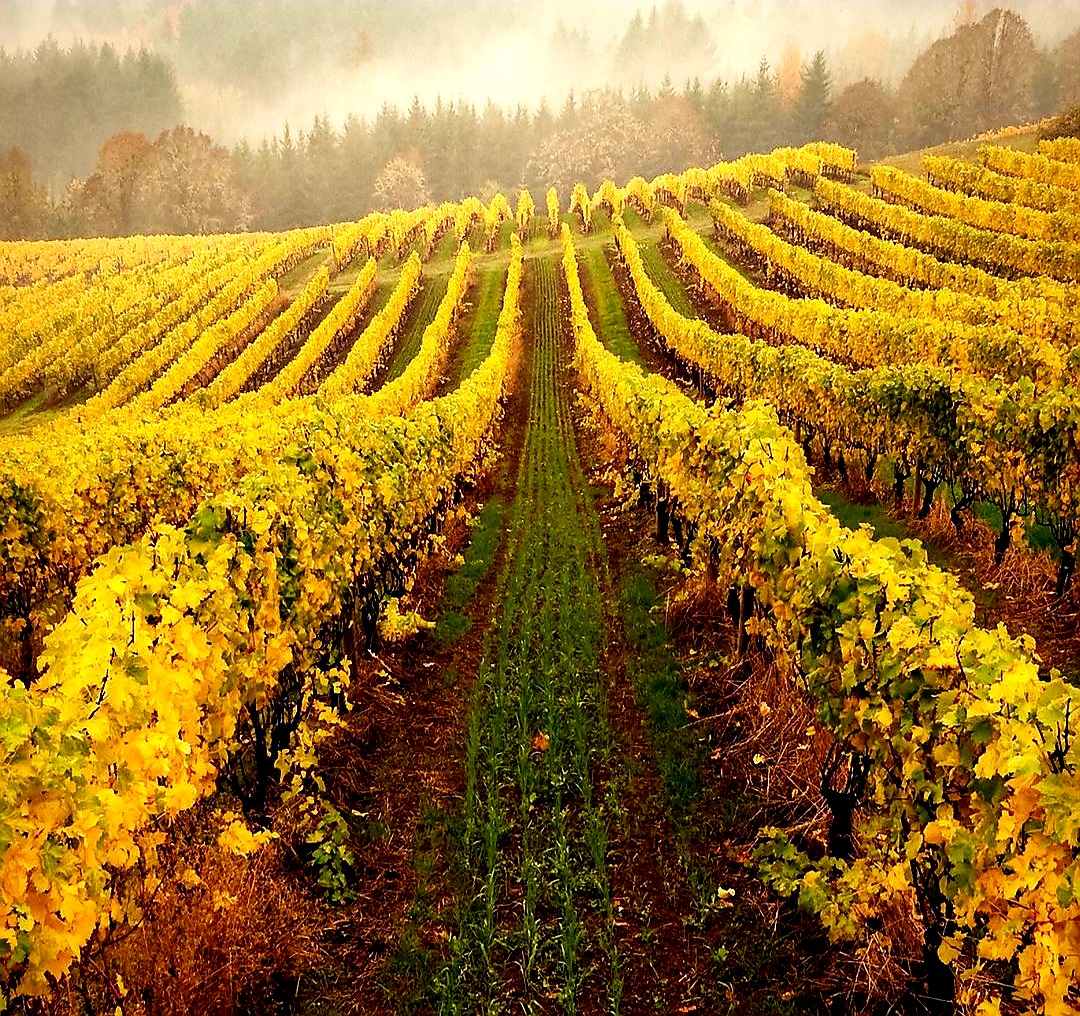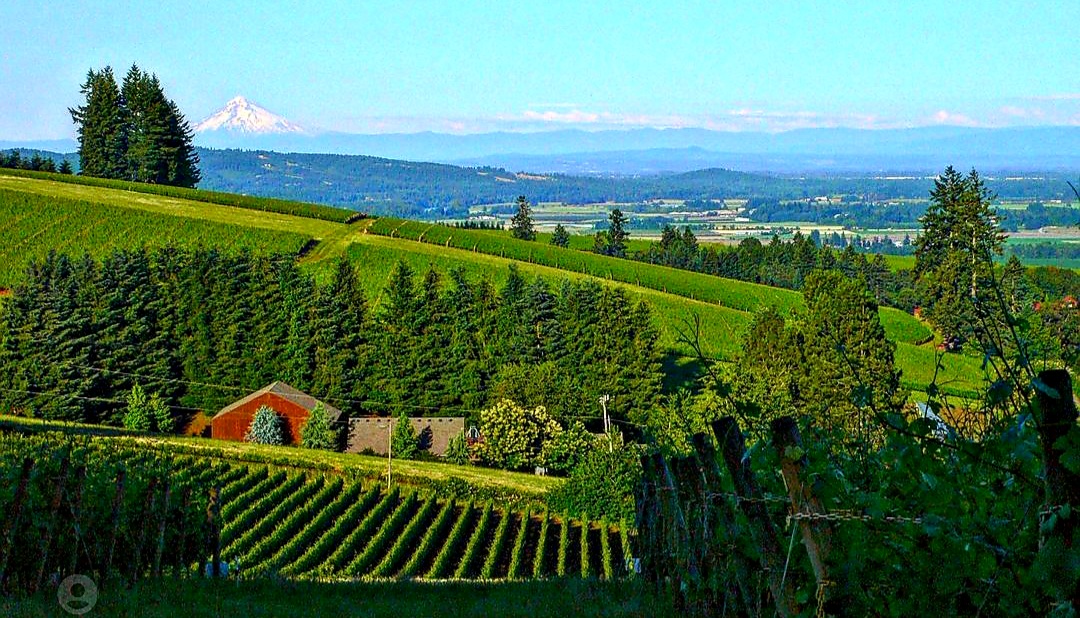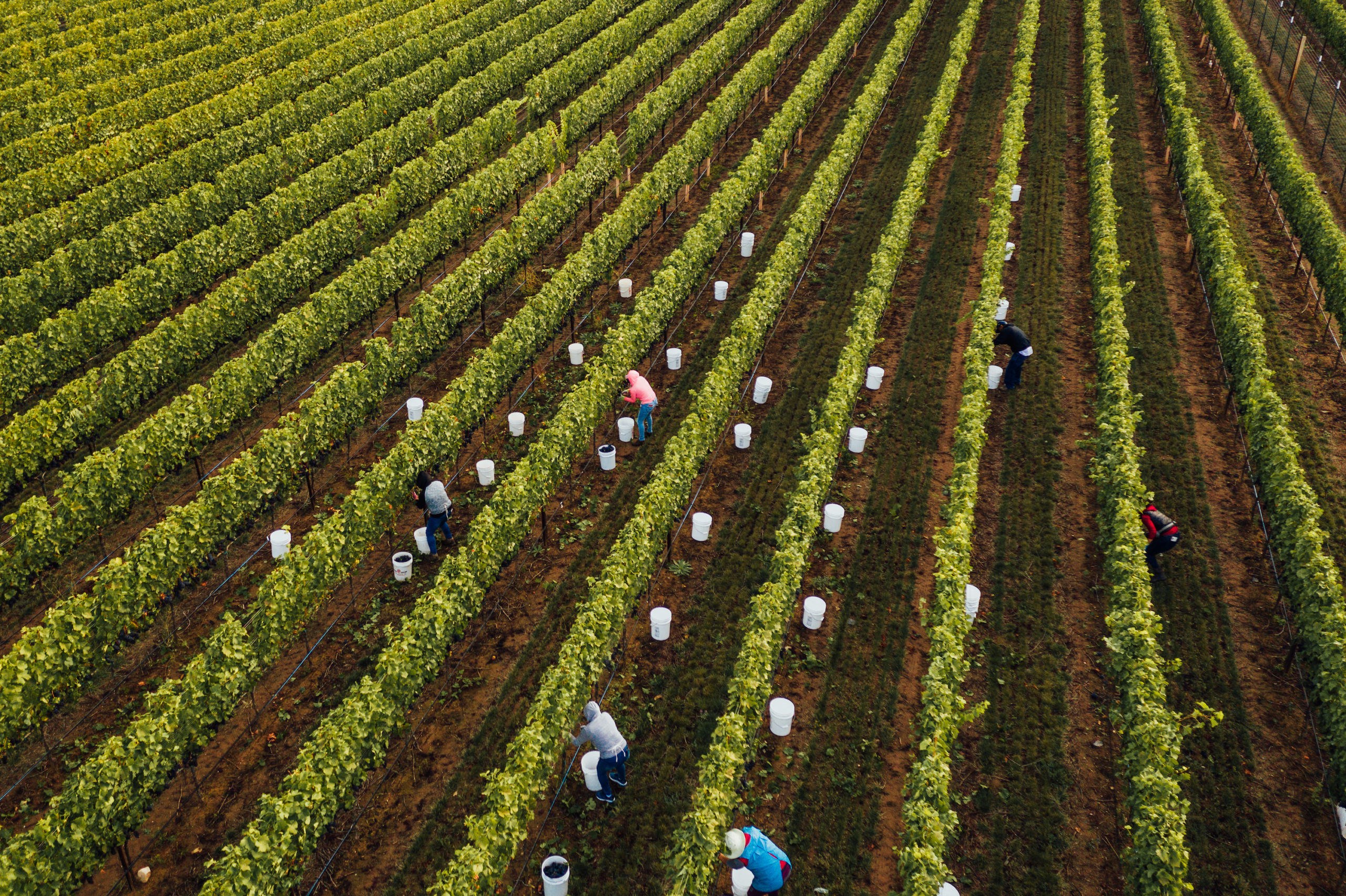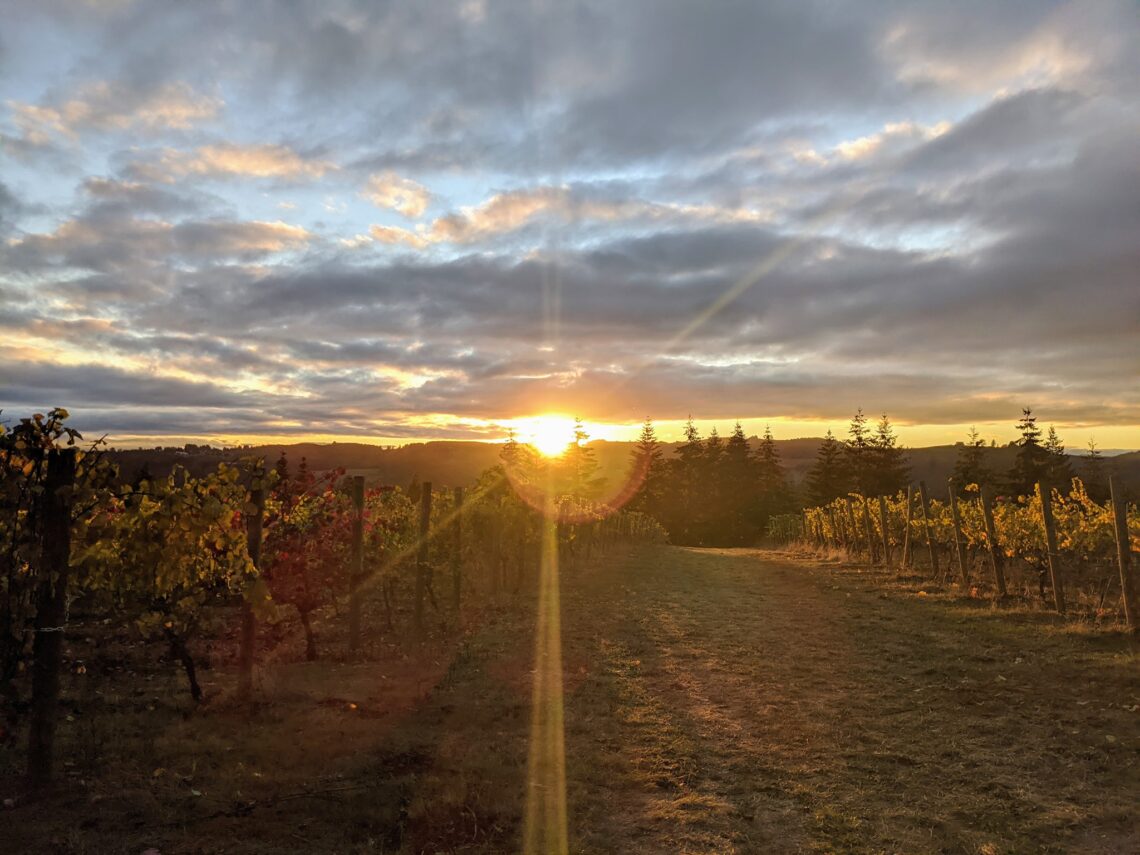The Wolf Post offers a professional service with free access, without subscription.
For this reason, a donation would also be a sign of appreciation for our work.
Oregon has such a variety of microclimates and soil types that its grapes and wines are special. The state’s winemaking history began in 1847 when Henderson Luelling and his family brought several dozen varieties of fruit plantations from Iowa to the Oregon Territory, including the first Oregon grape plantations.
In 1852, Peter Britt, a Swiss immigrant, founded the Northwest’s first winery, Valley View, in Jacksonville. Britt is the first of a series of immigrants who find in Oregon a fertile and generous territory for winemaking.
In 1889, German immigrant Adam Doerner, experienced in winemaking, planted grapes on his farm located in the Melrose section of the Umpqua Valley, including Zinfandel, Riesling and a variety of Sauvignons. Today, the vineyard still remains in the family, tended by Christina Doerner, a fifth generation farmer.
For Oregon winemakers, international recognition is not long in coming. In 1904, winemaker Ernest Reuter won silver for his Riesling at the 1904 St. Louis World’s Fair, the first award given to an Oregon winemaker.
After the long period of prohibition and drought, in 1961, Richard Sommer launched the modern era of Oregon viticulture, planting Riesling, Gewürztraminer, Chardonnay, Semillon, Sauvignon blanc, Cabernet Sauvignon, Pinot noir, Malbec and Zinfandel in his vineyard HillCrest in the Umpqua Valley. HillCrest is the oldest winery in Oregon.
In 1964, Portland native food and wine writer James Beard put Oregon on the culinary map with the publication of his memoir, Delights & Prejudices: A Memoir with Recipes.
In 1967, Richard Sommer harvested his “first major crop”, yielding 6,000 liters of juice. He decides to quit his job to make wine full-time and bottles the first vintage of Oregon Pinot Noir.
Oregon begins to be the destination of an international wine “pilgrimage”. In 1969, Dick and Nancy Ponzi arrived in Oregon and planted their first 20-acre vineyard. That same year, Jim and Loie Maresh planted vines at the now famous Maresh Red Hills Vineyard.
In 1970, Susan Sokol Blosser and Bill Blosser bought an abandoned plum orchard in Dundee to plant vines. David and Ginny Adelsheim and other farmers did the same a year later.
In 1973, wine pioneers Bill Fuller and Bill Malkmus established Tualatin Estate Vineyard, one of the oldest and most respected vineyards in Oregon’s Willamette Valley. Tualatin is the only vineyard to have won Best of Show for both red and white wines at the London International Wine Competition in the same year, and the only Oregon winery to win the Governor’s Trophy, the highest wine award prestigious of Oregon, for two consecutive years (1994-1995).
The seventies of the twentieth century represent an important decade that gives the geography of Oregon wine a defined and increasingly valuable identity.

©Oregon Wine Region
In 1980, David Adelsheim, Dick Erath and David Lett asked the state Department of Agriculture to set up a wine commission. The inaugural Steamboat conference takes place, held in the Umpqua Valley. An unprecedented event where winemakers share techniques, tastings and criticisms.
In 1983, the Willamette Valley AVA was founded, becoming Oregon’s first AVA. A year later the AVAs of Umpqua Valley, Columbia Valley and Walla Walla Valley arose.
In 1985, during a tasting at the International Wine Center in New York, a group of wine experts couldn’t distinguish Oregon Pinot Noirs from Burgundians which cost more than double. They pick Oregon Wines as their top three favorites.
In 1988, Burgundy-born and educated Véronique Drouhin produced her first vintage of Willamette Valley wine for the new Domaine Drouhin Oregon label. The investment by Véronique’s family business, Maison Joseph Drouhin, in the Dayton vineyard and a new winery puts Oregon in the international spotlight. Meanwhile, an Oregon winery is being installed in the governor’s mansion.
In 1991, the Rogue Valley AVA was founded.
The first Iberian varieties were planted in 1995 by Earl and Hilda Jones who planted Tempranillo vines in the Pacific Northwest at the Abacela winery in Roseburg. Their Iberian varieties continue to gain international recognition.
In 1999, Cooper Mountain Vineyards in Beaverton became the first winery in the state to be awarded Demeter Certified Biodynamic status.
In 2000, the Applegate Valley AVA was founded.
In 2004, the Columbia Gorge and Southern Oregon AVAs were established. Dundee Hills and Yamhill-Carlton AVAs are established in the Willamette Valley.
In 2005, the McMinnville and Ribbon Ridge AVAs in the Willamette Valley and the Red Hill Douglas County AVA in the Umpqua Valley were established. At the time, Ribbon Ridge was America’s smallest AVA.
A year later, the Chehalem Mountains and Eola-Amity Hills AVAs were established.
In 2007, the Snake River Valley AVA was established across the Oregon-Idaho border.
In 2009, fourteen wineries, representing approximately 20 percent of Oregon wine production, joined forces with the Oregon Environmental Council to initiate the Carbon Neutral Challenge, the wine industry’s first carbon reduction program in the United States. Solar panels are starting to pop up all over wine country.
Willamette Valley Vineyards co-founds what is said to be the world’s first cork recycling program, titled Cork ReHarvest.

©Oregon Wine Region
In 2013, Elkton Oregon became the state’s newest AVA. The new Elkton Oregon AVA is wholly contained within the Umpqua Valley AVA, which is wholly within the Southern Oregon AVA. Oregon has a total of 17 AVAs.
The modern era of Oregon winemaking recently passed the half-century mark, and it’s only in the past two decades that the industry’s growth has accelerated. Oregon vintners and vintners have accomplished almost miracles in a very short time.

©Oregon Wine Region-Dancin-Vineyards-scaled- Rogue Valley
In 2016, The Willamette Valley AVA expanded its southern boundary approximately five miles south, notably including King Estate Vineyards.
In 2022, the Willamette Valley AVA became only the second American wine region to receive Protected Geographical Indication (PGI) status in the European Union. The PGI system protects the iconic names of agricultural products, spirits and wines with a link to their geographical origin, including well-known products such as Champagne and Barolo. Only two American wine regions, Napa Valley and now Willamette Valley, carry this distinction
Today, Oregon is home to 995 wineries and 1,370 vineyards combined working just under 40,000 planted acres (16,000 ha). Mount Pisgah, Polk County, Oregon, the state’s 23rd AVA, is officially chartered.








